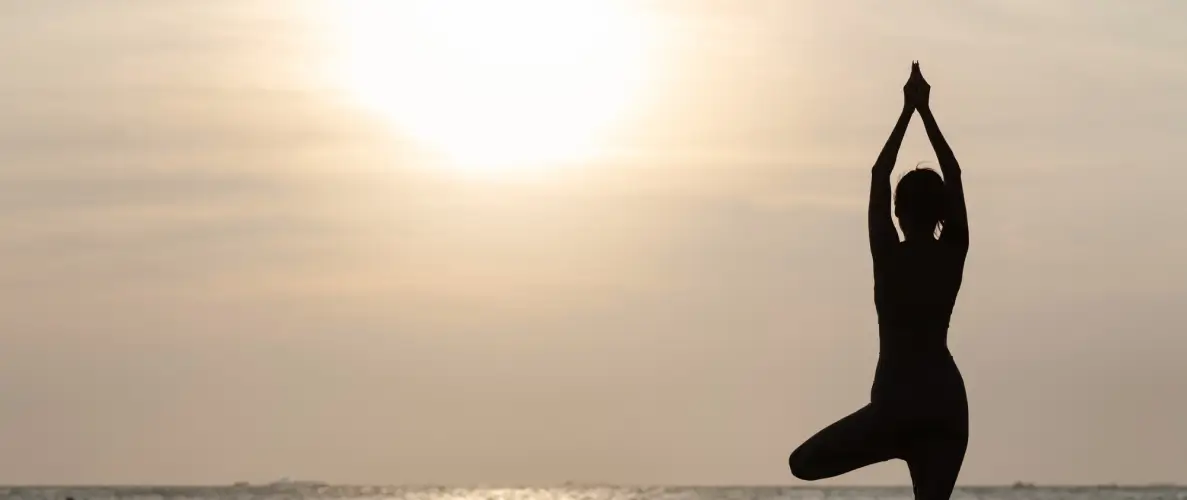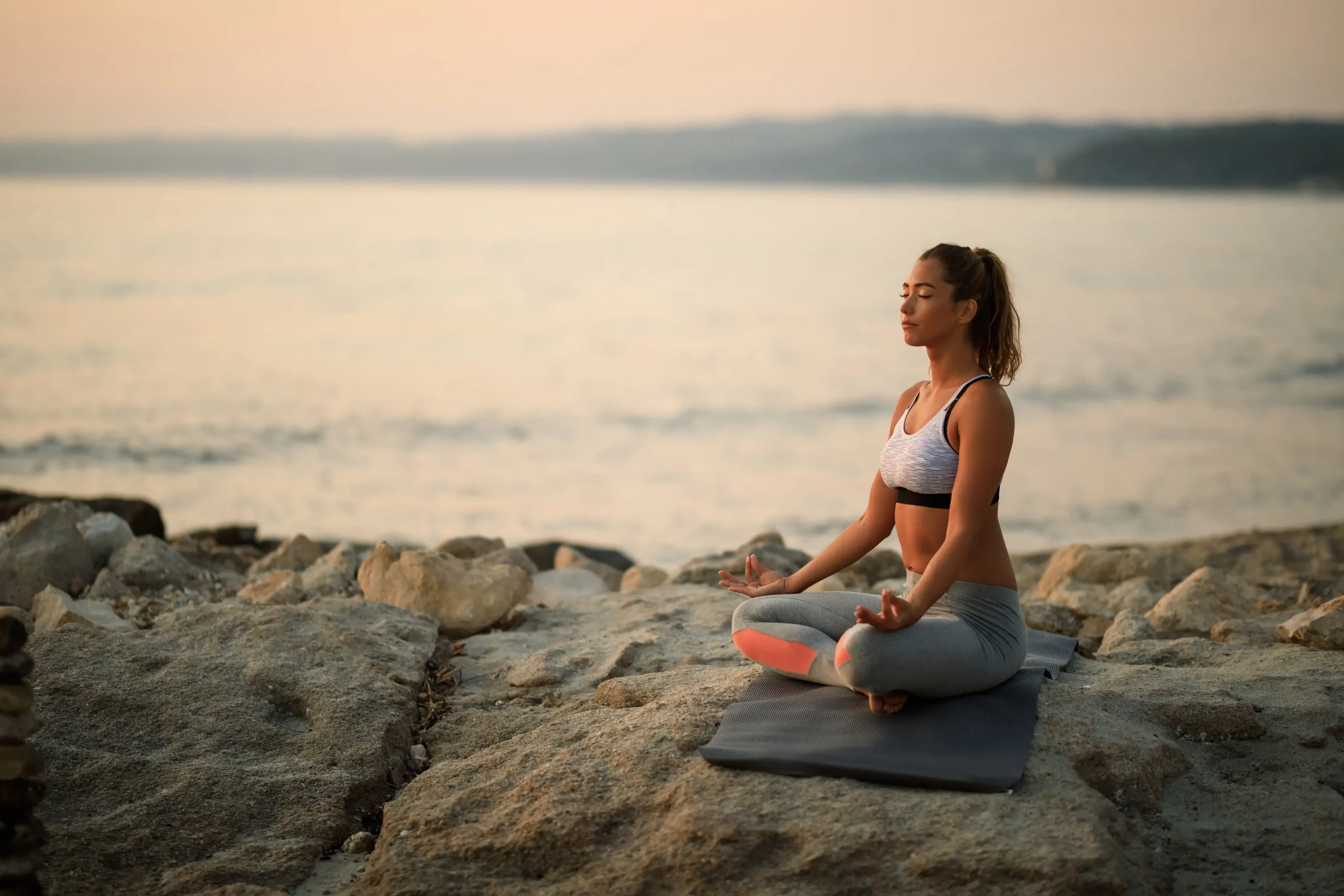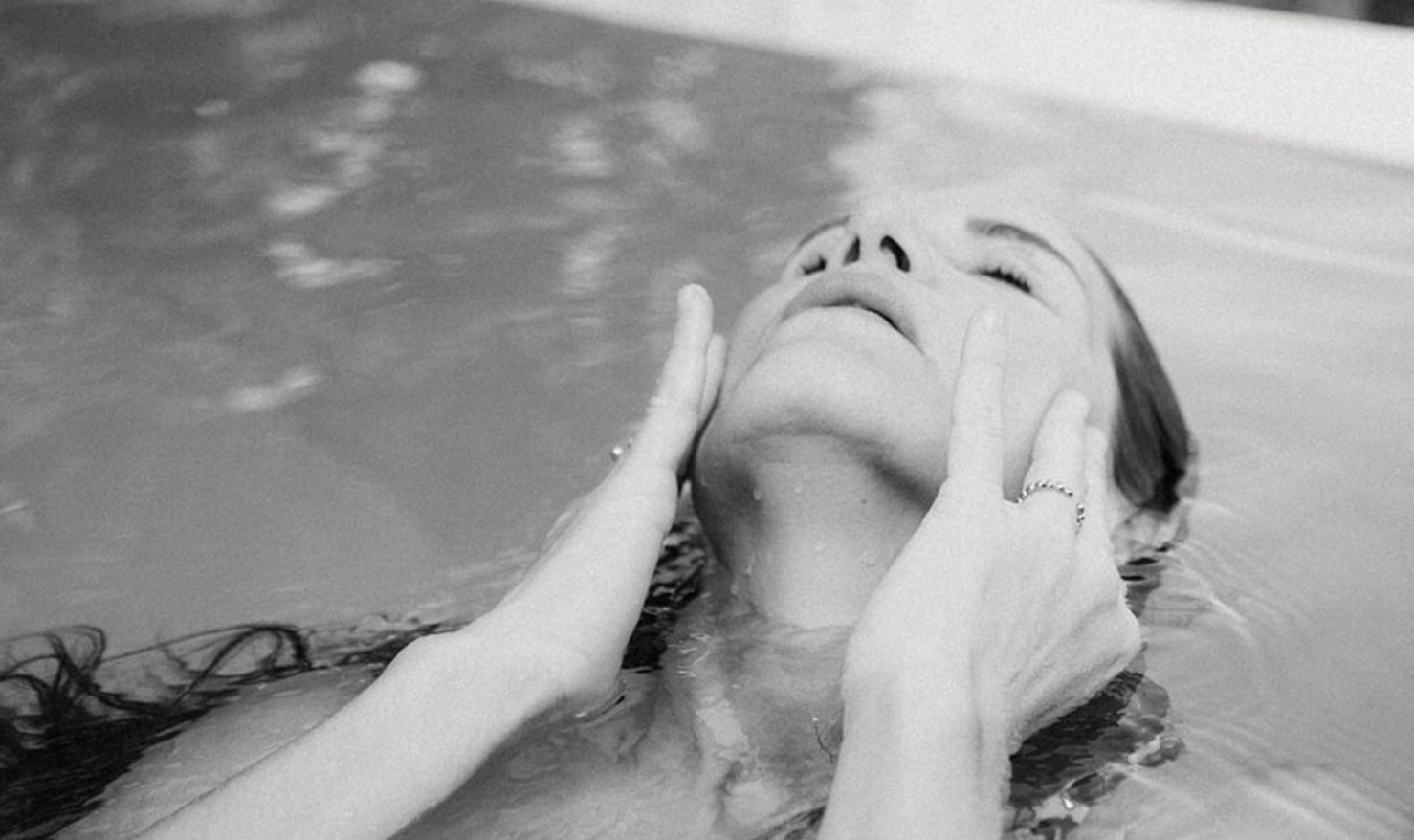The Timeless Journey of Meditation ; A Historical Perspective
Meditation is a practice as ancient as humanity itself, a bridge between the physical and spiritual realms that has evolved across cultures and eras. From sacred caves in India to bustling modern cities, meditation has woven its way through the tapestry of human history, adapting to the needs of the time while remaining rooted in its essence: the quest for inner peace, self-awareness, and connection with the divine.
Meditation in Ancient Civilizations
The origins of meditation trace back to the mists of prehistory. While exact dates remain elusive, archaeological evidence suggests that meditation-like practices existed over 5,000 years ago. Early depictions of seated, meditative figures appear in Indus Valley artifacts, hinting at a spiritual culture that embraced introspection and connection with the cosmos.
In ancient India, meditation took root as a core aspect of spiritual practice. The Vedas, sacred texts composed around 1500 BCE, contain references to techniques involving breath control and mental focus, precursors to what we now know as meditation. These practices were deeply intertwined with Hinduism and later gave rise to the yogic traditions, which sought union between the self (Atman) and the universal consciousness (Brahman).
Around the same time, similar contemplative practices were emerging in China. Taoism, a philosophy rooted in harmony with the natural flow of life (Tao), encouraged meditation as a means of achieving balance and inner stillness. Ancient Taoist texts describe techniques that resemble modern mindfulness and visualization practices, emphasizing the importance of aligning one’s energy (Qi) with the rhythms of nature.
Buddhism and the Codification of Meditation
The rise of Buddhism in the 5th to 6th century BCE marked a pivotal moment in the history of meditation. Siddhartha Gautama, the Buddha, attained enlightenment through deep meditation, and his teachings transformed the practice into a structured discipline. Vipassana (insight meditation) and Samatha (calm abiding) became foundational methods for cultivating mindfulness, concentration, and wisdom.
As Buddhism spread across Asia, meditation adapted to local cultures and traditions. In China, it merged with Taoist influences to form Chan Buddhism, which later evolved into Zen in Japan. Zen meditation emphasized simplicity, direct experience, and the art of “just sitting” (zazen). Meanwhile, Tibetan Buddhism integrated visualization, chanting, and elaborate rituals, creating a rich tapestry of meditative practices aimed at transcending duality and achieving liberation.
Meditation in the Western World
While meditation flourished in Eastern traditions, it remained relatively unknown in the West for much of history. However, parallels can be found in Western spiritual practices. Early Christian mystics, such as Desert Fathers in the 3rd century CE, practiced contemplative prayer, retreating into silence and solitude to commune with God. Similar practices emerged in Islamic Sufism, where dhikr (repetition of divine names) and meditative dances facilitated spiritual ecstasy.
The Renaissance and Enlightenment periods in Europe shifted the cultural focus toward reason and science, pushing contemplative practices to the margins. However, seeds of Eastern wisdom began to take root in the 19th century, as translations of Hindu and Buddhist texts sparked curiosity among Western intellectuals. The works of philosophers like Schopenhauer and Thoreau reflected this growing fascination with Eastern spirituality.
The Modern Revival of Meditation
The 20th century marked a global revival of meditation, as Eastern teachers began sharing their wisdom with the West. Figures like Swami Vivekananda, Paramahansa Yogananda, and Maharishi Mahesh Yogi introduced practices like yoga and Transcendental Meditation to Western audiences, sparking widespread interest.
In the 1960s and 70s, the counterculture movement embraced meditation as part of a broader quest for personal transformation and spiritual awakening. The Beatles’ highly publicized retreat with Maharishi Mahesh Yogi brought meditation into popular culture, while influential teachers like Thích Nhất Hạnh and Chögyam Trungpa blended traditional teachings with modern sensibilities, making meditation accessible to a broader audience.
The rise of secular mindfulness practices in the late 20th century further propelled meditation into the mainstream. Influenced by Buddhist techniques, Jon Kabat-Zinn developed the Mindfulness-Based Stress Reduction (MBSR)program, demonstrating the psychological and health benefits of meditation. Scientific research began to validate ancient claims, showing that meditation could reduce stress, improve focus, and enhance emotional well-being.

Meditation Today: A Global Practice
Today, meditation has transcended its spiritual roots to become a universal practice. Apps like Headspace and Calm bring guided meditations to millions, while workplaces, schools, and healthcare systems integrate mindfulness programs to promote well-being. Yet, amidst this global popularity, meditation remains deeply personal—a timeless tool for navigating life’s challenges and rediscovering inner stillness.
Despite its evolution, the essence of meditation remains unchanged. Whether practiced in a Himalayan monastery, a city park, or a living room, meditation continues to offer a space for introspection, healing, and connection with something greater. It invites us to step away from the noise of the world and into the quiet sanctuary of our own being.





